Last updated on July 14th, 2023
Electricity as well all know today is an integral part of our daily lives. Electricity is used to run our vehicles, media devices, kitchen appliances, factories, and many more things. Here are some interesting facts about electricity that we thought would be of interest to you. We have covered information about some prominent scientists and inventors associated with electricity.
Interesting facts about Electricity
1. The earliest known observation about electrical force was made around 600 B.C. by Thales of Miletus, a Greek philosopher. Thales rubbed amber with fur, then observed as the amber piece began to attract small, lightweight objects, such as feathers and bits of straw. This is the first time a reference to static electricity was made.
2. Thales also experimented with lodestone, which attracted iron. At the time, Thales attributed the phenomenon to the belief that the lodestone had a soul, which is why iron is attracted to it. This approach is significant, in that it did not attribute the ability of the lodestone to the power of a god or divine being.
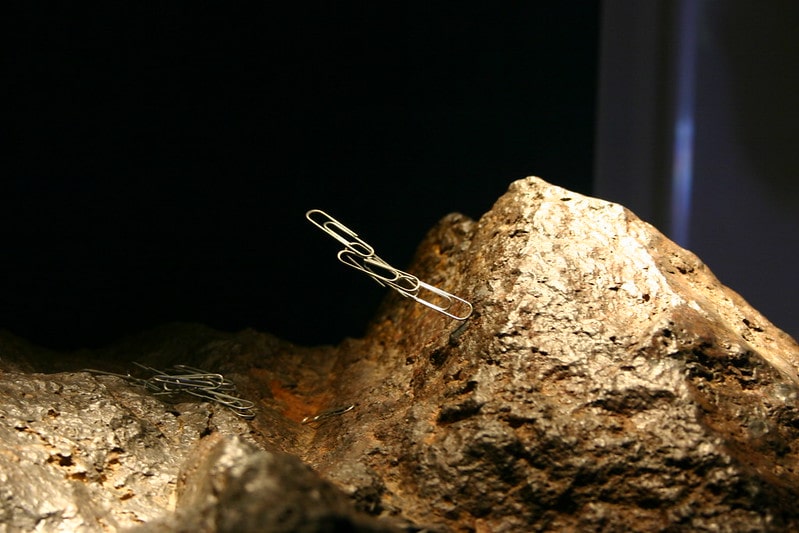
3. The term electricity comes from the Greek word elektron, which means amber. This is a reference to the experiments performed by Thales on pieces of amber, resulting in the discovery of static electricity.
4. Benjamin Franklin‘s name will likely be closely associated with electricity (or at least, lightning), thanks to a small experiment he did in June 1752 with a kite. Contrary to what some people may think, what Franklin demonstrated was not that electricity exists but that there is a connection between electricity and lightning.
5. Lightning also likely did not hit Franklin’s kite. The kite must have attracted ambient electrical charges due to the storm. If lightning did hit the kite, Franklin would have suffered from electrocution.
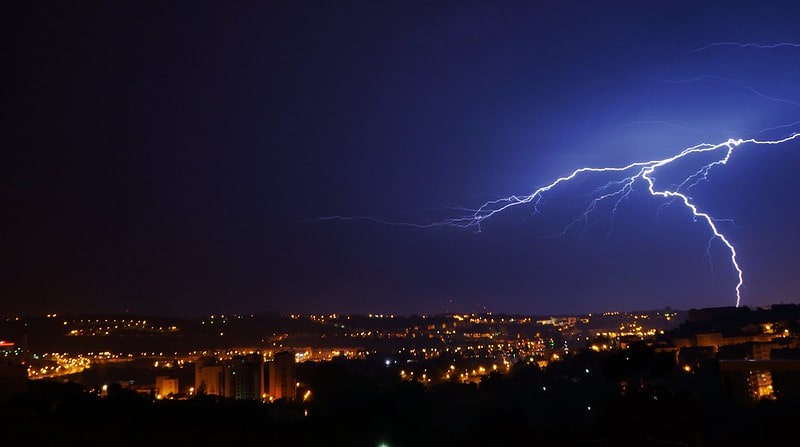
6. Lightning has more than just a passing association with electricity. It is actually electricity being discharged into the atmosphere. In effect, lightning is an electric current, albeit a massive one.
7. In the 1600s, English scientist William Gilbert published De Magnete in Latin. This book contained Gilbert’s research regarding electricity and magnetism. He is credited for coining terms such as “electric force”, “electric attraction”, and “magnetic pole”. He is also the one who coined the word “electricity”.
8. In 1663, German scientist Otto van Guericke created the first electric generator. The device produced static electricity when friction is applied. Van Guericke’s machine composed of a glass globe that encased a sulfur ball. The globe was mounted to allow it to be rotated using a crank. When rubbed with a pad, the ball produced a static electric spark.
9. In the early 1700s, Francis Hauksbee demonstrated static electricity with his air pump device. Hauksbee was a lab assistant to Isaac Newton and he created a glass ball that, when rubbed, produced a bright glow. The generator that Hauksbee invented would later lead to the development of neon lighting.
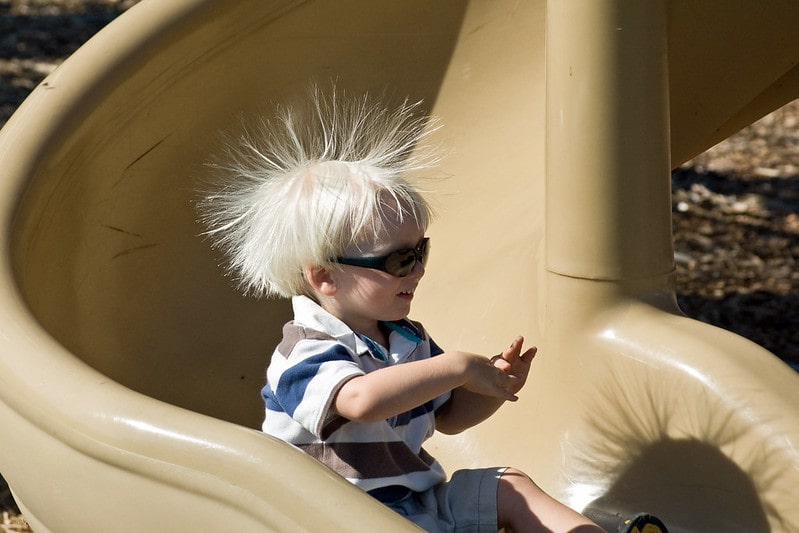
10. Italian physicist Alessandro Volta invented the electric battery in 1799. Called the voltaic pile, the battery generated electricity through chemical reactions. It helped disprove the belief that only human beings generated electricity. Volta’s battery generated direct current (DC).
11. The term volt borrows from the name of Alessandro Volta. Thanks to his voltaic pile, which was essentially a stack of metal discs that were soaked in brine for better conduction, there was a better and more reliable means to source electricity. Volta was such an admired scientist that he had Napoleon Bonaparte himself agree to become his laboratory assistant.
12. Before Michael Faraday‘s contribution, electricity was mostly a curiosity at best. The British scientist published his research on electromagnetic rotation, which is what makes the electric motor work. Faraday observed that by using a copper wire and passing a magnet through it, an electric current is produced. This is the principle of electromagnetic induction. This is the same scientific principle behind electric generators and transformers. Faraday’s work helped people view electricity as a potent technology.
13. The clear link between magnetism and electricity was proposed by James Clerk Maxwell beginning in 1861 by publishing “On Physical Lines of Force”.
14. A German scientist named Heinrich Hertz helped demonstrate the electromagnetic waves that Maxwell predicted. Hertz used a Leyden jar and an induction coil for creating electromagnetic waves. These waves produced a spark in the gap between two spheres of brass. Hertz was honored by his peers by using his name to refer to one unit of frequency.
15. Many of the experiments that resulted in improved research in electricity used the Leyden jar, which was the original capacitor. The Leyden jar was accidentally discovered by Pieter van Musschenbroek, a Dutch physicist. He worked at the University of Leyden, hence the name.
16. Thomas Edison also dipped his hands in research regarding electricity. In 1879, he helped develop the first practical electric-powered incandescent lightbulb. This allowed homes and buildings to be illuminated using electricity, thereby eliminating the need for gas.
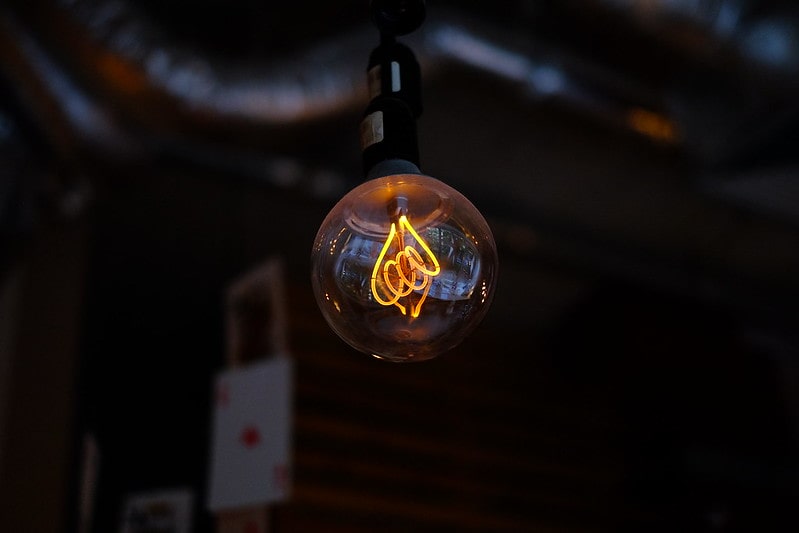
17. Although the electric lightbulb was already available, it was not an overnight success. Most homes at the time still stuck to using candles and gas lights.
18. The alternating current was first observed in 1832 when Hippolyte Pixii, an instrument maker in France, developed the first dynamo electric generator. By passing a magnet over wire loops at half turn, Pixii found that it reverses the flow of electricity. This generated what we know as alternating current.
19. On September 30, 1882, a house in Appleton, Wisconsin owned by Henry Rogers became the first ever to be illuminated using electricity. The home is called Hearthstone and still stands today as a historic museum.
20. The U.S. largely used the DC system as a source of electricity in the early days. This system was developed by Thomas Edison through the company, General Electric (formerly Edison Electric). Enter Nikola Tesla, a brilliant scientist from Croatia, who proposed the superior benefits of AC because it allowed an easier and more efficient means to convert power over long distances. This sparked what would become the War of the Currents.
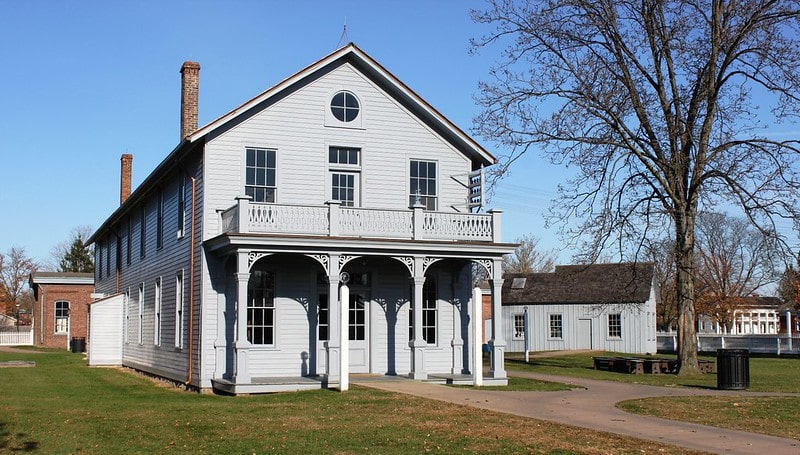
21. Miffed by Tesla’s promotion of AC power, Edison launched what some would consider a campaign of misinformation to promote and keep the DC system. The AC system was supported by George Westinghouse, who was an engineer and entrepreneur. Westinghouse won the bid to provide power to the 1893 Chicago World’s Fair, effectively demonstrating the superiority of AC power over DC power.
22. Although Edison is accused of electrocuting an elephant to demonstrate the dangers of the AC system, he may not have been directly involved. An elephant who worked to entertain spectators at the Luna Park crushed to death a drunken man who hurt her in 1902. Other incidents were recorded wherein the elephant was supposed to have acted dangerously, which sparked the move to kill her. These incidents may have been caused by unscrupulous park owners and an irresponsible handler. The elephant, who was from Southeast Asia, was restrained, fed with poisoned carrots, and electrocuted with about 6600 volts of electricity. The incident was filmed by an Edison Manufacturing crew. The elephant’s name was Topsy.
23. Although he is cleared of Topsy’s death by not being directly involved, Edison still used animals to demonstrate the “dangers” of AC power. In 1887, his team placed animals on metal plates and ran AC power to electrocute them in West Orange, New York. He used a Westinghouse AC generator.
24. In 1882, the first central power plant in the U.S. was opened in Manhattan. The Pearl Street Power Station supplied power to homes within proximity using Edison’s incandescent bulbs. This was followed by more power plants across the country, creating an early power grid.
25. Since majority of homes in the U.S. urban areas tapped power from the grid, the Rural Electric Administration was set up by then-president Franklin Delano Roosevelt in 1935. This allowed the widespread use of electricity. Along with this, the use of electrical appliances such as refrigerators and washing machines became popular.
26. AC power was initially viewed with suspicion and fear during the early days of its use. In 1888, for example, deaths occurred due to exposure to high-voltage lines, likely caused by carelessness and greed. This paved the way for better designs and safety protocols.
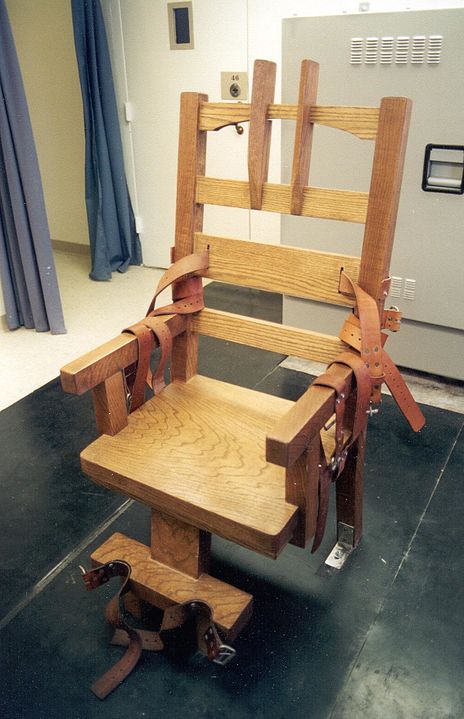
27. If Edison had his way, the world’s first electric chair would have sourced its power from an alternating current generator supplied by Westinghouse. Westinghouse was strongly against hanging and protested. He even provided funds to help condemned prisoners appeal their death sentences by electrocution. Edison’s campaign was a bit successful, however. For many years, people called the process of electrocution via electric chair as “Westinghoused”.
28. The working electric chair that used AC current was “perfected” in Edison’s lab. He had hired Harold Brown, an inventor. Together with Dr. Fred Peterson, Brown experimented on live animals using both DC and AC power to determine the best method for electric chairs. DC-powered electric chairs tortured the animals but AC-powered chairs killed them.
29. The term electrocute is a mix of electro and execute. It means death by electricity. Only if a fatality occurs as a result of exposure to electricity can it be considered electrocution. If the person or animal survives, it is called shock.
30. The first appliances that used electricity include the toaster, fan, kettle, and sewing machine.
31. Do not underestimate static electricity. One spark can generate as much as 3,000 volts.
32. A watt refers to one unit of power, also known as radiant flux. It is the rate at which energy flows in an electrical system. The term is derived from the name of James Watt, a Scottish mechanical engineer whose inventions contributed to the improvement of the steam engine, which in turn powered the Industrial Revolution.
33. An ampere refers to one unit of electrical current, measured in SI or International System of Units. The term was named after French physicist and mathematician, Andre-Marie Ampere. Ampere was the founder of the science of electrodynamics – a term that he coined. It is now known as electromagnetism.

34. The Taser (also TASER, short for Tom A. Swift’s electric rifle) was developed in 1969 and completed in 1974. It is not the first electroshock weapon, however. An electroshock glove was developed by Cuban inventor Ciril Diaz in 1935.
35. On average, high-voltage transmission lines have a maximum distance of 300 miles. For long-distance transmission, the typical voltages range from 155,000 to 765,000 volts. Due to the long distance, some power is lost but not a significant amount. The high-voltage, low-current system keeps losses low at just around 2% to 6% in transmission and about 4% in distribution.
. . . continue reading on the next page
